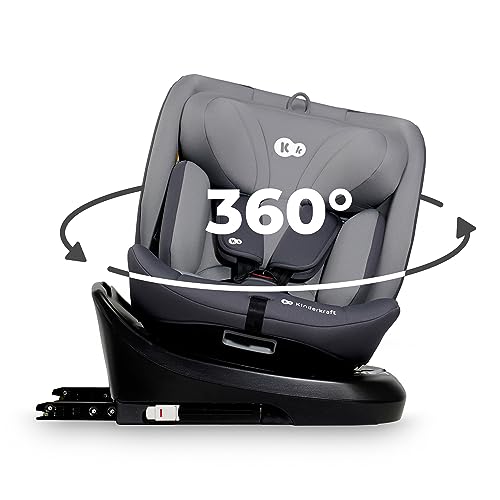Prams and Pushchairs: A Comprehensive Guide for New Parents
Navigating the world of baby transport can be overwhelming for brand-new moms and dads, especially when it concerns choosing between prams and pushchairs. Each alternative offers distinct benefits and restrictions, suggesting that making an informed decision is crucial. This article aims to provide a thorough understanding of prams and pushchairs, their distinctions, features to think about, and tips for picking the ideal one.
Understanding the Basics: Prams vs. Pushchairs
Prams and pushchairs are terms frequently utilized interchangeably, but they describe different types of baby transport systems.
Meanings:
- Prams: Traditionally developed for newborns and babies, prams have a big, totally flat bassinet that permits ideal convenience and security during early stages of a kid's life.
- Pushchairs: Designed for older babies and young children, pushchairs typically have an upright seat that is ideal for kids who can support their head and neck. They often feature adjustable recline options.
Secret Differences
| Function | Pram | Pushchair |
|---|---|---|
| Style | Flat bassinet | Upright seat |
| Age Suitability | Newborn to around 6 months | 6 months to 4 years |
| Portability | Generally much heavier, less foldable | Typically lightweight and foldable |
| Comfort | Cozy for newborns, tight fit | Adjustable, can be reclined |
| Use | Perfect for strolls and leisure | Versatile for day-to-day activities and travel |
Functions to Consider When Choosing Prams and Pushchairs
Security Features
- Harness systems (5-point vs. 3-point)
- Braking systems (foot-operated vs. hand-operated)
- Stability and strength of the frame
Weight and Portability
- Consider the weight of the pram or pushchair
- Look for a model that folds quickly for transport
Size and Storage
- Inspect measurements for fitting through entrances and in cars and truck trunks
- Search for extra storage options like baskets or pockets
Convenience
- Cushioned seats and adjustable recline positions
- Suspension systems for smoother trips on rough surfaces
Weather condition Protection
- UV security in sunshades
- Alternatives for rain covers and windshields
Wheels and Maneuverability
- Wheel size and type (fixed vs. swivel)
- Suspension systems that aid handling and comfort
Longevity
- Models that transform from pram to pushchair
- Sturdier frames that can accommodate growing children
Popular Types of Prams and Pushchairs
When considering prams and pushchairs, moms and dads often discover different styles catering to particular requirements. Here are some well-known types:
1. Requirement Prams/Pushchairs
These are excellent all-rounders, created for daily use with a durable frame and ample storage area. They are typically adjustable and can deal with numerous terrains.
2. Travel Systems
These consist of a safety seat and a stroller that can be used together, making it simple to move the baby from the vehicle to the pram without waking them up.
3. Umbrella Strollers
These are lightweight and foldable, best for quick getaways and travel. While hassle-free, they often do not have some of the safety and convenience features found in much heavier designs.
4. All-Terrain Strollers
Developed for off-road experiences, these strollers have bigger wheels and a more rugged frame, making them ideal for active families.
Choosing the Right Pram or Pushchair
When picking the right pram or pushchair, parents need to take the following steps:
- Assess Lifestyle Needs: Consider how you will utilize the pram or pushchair (daily walks, travel, irregular terrain) and select accordingly.
- Test Drive: It's advantageous to physically evaluate the designs at the store, looking for managing, convenience, and weight.
- Research Brands: Look at evaluations and suggestions from other parents about specific brands or models.
- Consider Future Needs: Think ahead to make sure the choice will work as the child grows. Convertible designs use flexibility.
- Budget: Set a spending plan but likewise factor in quality and longevity. Sometimes investing more initially can save costs in the long run.
Frequently Asked Questions
What is the very best age to start using a pushchair?
A lot of pushchairs can be used for babies from about 6 months old when they can effectively support their heads and necks. Make certain to check the manufacturer's specifications.
Are prams ideal for newborns?
Yes, prams are ideally suited for newborns due to their flat bassinet design, providing a comfortable and safe environment.
How do I clean a pram or pushchair?
Always describe the manufacturer's standards, but the majority of covers are removable and can be cleaned. Clean down the frame with a moist cloth and prevent using harsh chemicals.
Can I utilize a pram or pushchair on public transportation?
Different models vary in size; light-weight and foldable choices are generally preferable for buses or trains. Nevertheless, always look for transport policies in your location.
How long can I utilize a pram or pushchair?
It generally depends upon the weight limitation specified by the manufacturer, frequently between 15-50 lbs, or till your child no longer wishes to be pressed.
Choosing in between a pram and a pushchair is a substantial decision that caters to the lifestyle and needs of both the moms and dad and the child. By comprehending Double Pram Compact in between the 2, assessing crucial features, and picking the best design, moms and dads can ensure they have a safe, comfortable, and useful transport service for their children.
Arming oneself with understanding offers parents not only assurance however likewise the confidence to make the best option for their child's early experience into the world. Various way of lives require different solutions, so making the effort to research study and test what fits can relieve a few of the tensions that include brand-new being a parent. Pleased walking!

